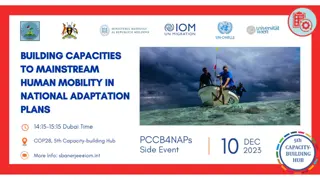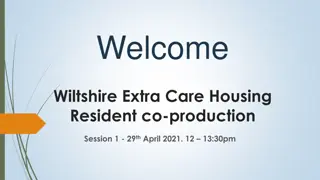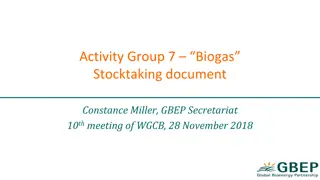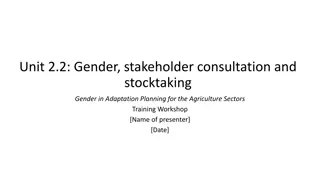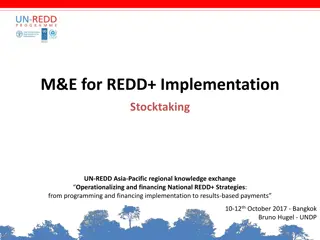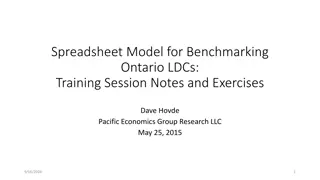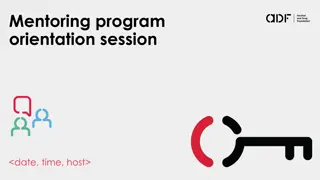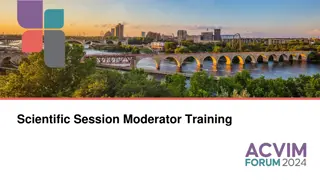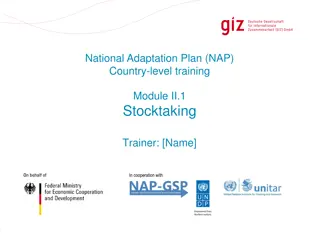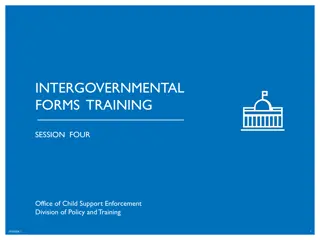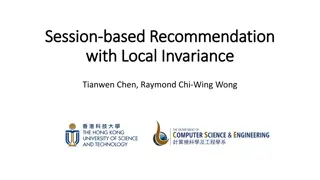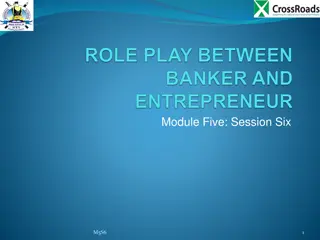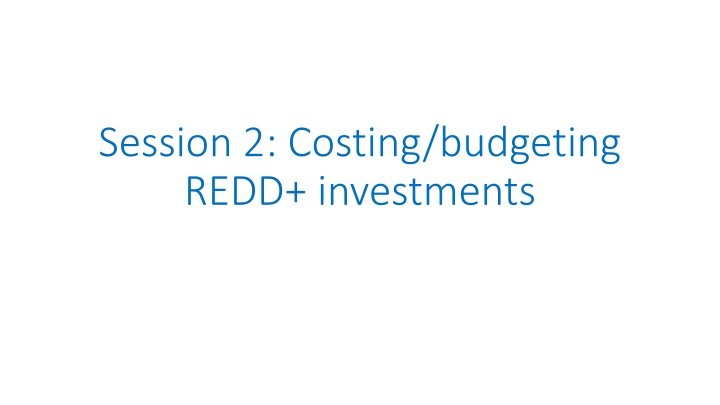
Unveiling the Costing and Budgeting Process for REDD+ Investments
Discover the essential steps involved in costing and budgeting for REDD+ investments, including the use of various tools and approaches to determine actual costs. Learn about the significance of political aspects in the budgeting process and explore key messages highlighting the importance of financial strategies and proposal development. Dive into group exercises using economic data to inform REDD+ planning.
Download Presentation

Please find below an Image/Link to download the presentation.
The content on the website is provided AS IS for your information and personal use only. It may not be sold, licensed, or shared on other websites without obtaining consent from the author. If you encounter any issues during the download, it is possible that the publisher has removed the file from their server.
You are allowed to download the files provided on this website for personal or commercial use, subject to the condition that they are used lawfully. All files are the property of their respective owners.
The content on the website is provided AS IS for your information and personal use only. It may not be sold, licensed, or shared on other websites without obtaining consent from the author.
E N D
Presentation Transcript
Session 2: Costing/budgeting REDD+ investments
Costing? Applying the necessary technical exercise to develop figures for actual costs of REDD+ implementation, i.e. the investment needed Various approaches and tools are available, ranging from simple estimates/averages from existing interventions to cost-benefit analysis to modelling, etc. Approach chosen will depend on data and means available, capacity in the country, etc Chile costs model approach, three scenarios; some data available under existing laws/schemes Viet Nam need to have action plan with sufficient level of detail
Budgeting? Involves political aspects as well, e.g. how these figures are being presented in the NS/AP, linking to fundraising, who will implement, and where funds come from Also various approaches possible Based on needs, opportunities and ambitions DRC - ambition-based budgeting of USD 1 billion, as 2nd largest tropical forest country in the world after Brazil + long relation building with donors/investors Viet Nam inclusion of who responsible/involved, exploring potential synergies and opportunities to internalise costs
Key messages Costing/budgeting an important step to prepare for a financial strategy/plan, which will look at actively bridging financing gaps from multiple sources (domestic/international, public/private)(NB: will explore more Day 2) Also important for proposal development (e.g. GCF) these require detailed & robust economic and financial analysis, adequate choice of financial instruments, etc Chile costs model also useful for developing GCF proposal
Key messages, cont. Approach used and level of detail also depends on data availability and accessibility; data & approach should be fit for purpose Decision may be needed on the range of costs and benefits to include, depending on approach used (e.g. CBA) As well as what information is needed to complement costing/budgeting of REDD+ (also relevant for proposals, e.g. co- benefits & beneficiaries) Viet Nam consider multiple benefits as supporting argument for investment over long-term, can be quantitative or qualitative, and fuller range of values than considered in past
Group exercise: Using economic and other information to inform REDD+ planning
Objectives Practice using different types of information especially economic information on costs and benefits to inform REDD+ planning Understand/discuss strengths and limitations of using economic information
Step 1 Form groups Receive materials: Map showing 6 different areas in a landscape, each different forest areas (in ha) and rates of deforestation (DF) / forest degradation (DG) (%) Three PAMs: o The type of PAM and its objective/impact (e.g. reduce forest degradation) o Its estimated cost (implementation costs, USD per ha) Decide where you would implement each PAM in the landscape and why >>Total budget for REDD+ in landscape: $150 million
Step 2 Receive another type of economic information Estimated values for a REDD+ benefit in a range (H-M-L) Decide whether to use H, M or L values and calculate the potential returns on REDD+ per area from this value Has this changed your prioritization?
Step 3 Receive another map with some non-economic information about the landscape: Poverty rates in the landscape Habitats for endangered species Decide if you will change the areas prioritized for REDD+ Mark your final prioritized areas in red, and note which PAMs will be implemented
Step 4 Each group reports back briefly on their prioritization: Which areas & PAMs did you prioritize? Why? What factors played the biggest role in your prioritization of areas for REDD+? What type of information would have been useful that was missing?
Discussion questions What has been your experience of using economic studies for REDD+ planning? What are the main challenges in using economic studies to inform REDD+ planning? Is valid to leave out some potential costs/benefits from the decision-making process when data are not available? What other types of analysis or approaches could be used instead?


